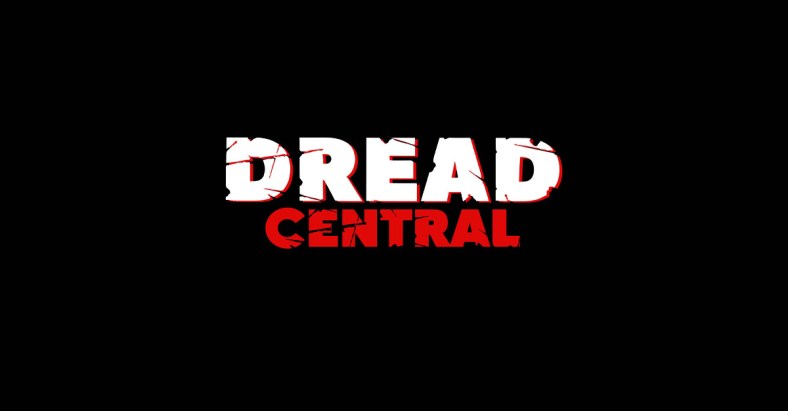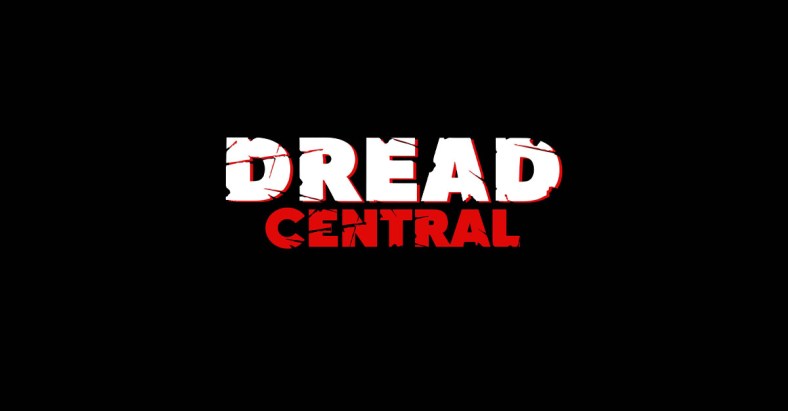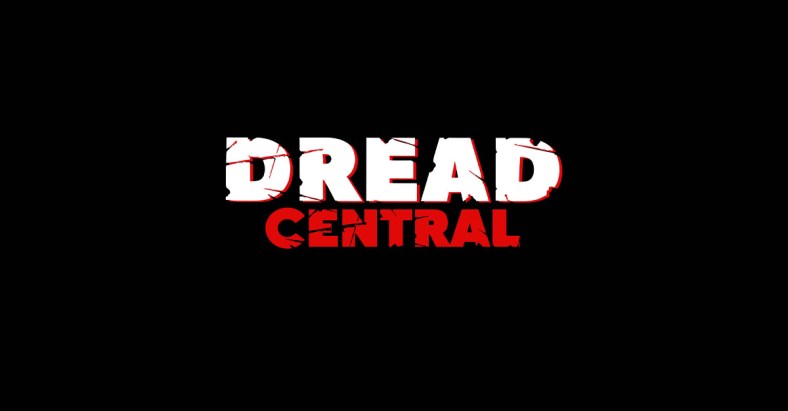The Horror of David Lynch: 5 Great Films and Moments

Upon asking the question of whether David Lynch is one of horror’s greatest filmmakers, some of you may say, “Of course he is; isn’t that an accepted fact?”
Well, that’s not completely true. Lynch is undoubtedly responsible for some of the most memorably terrifying moments in cinematic history. However, horror is not always the first genre that comes to mind when one mentions the term “Lynchian.”
And for good reason, as Lynch’s work always works across many genres of filmmaking, resulting in nothing short of a rich, unique tapestry that always challenges its audience. Lynch has used elements of drama, thriller, comedy, avant-garde, crime procedural, sci-fi, horror and more in his films – often at the same time. Films like this defy categorization, and Lynch himself is a man who at every turn attempts to resist the notion of being a genre filmmaker.

But here’s the thing – what is or isn’t horror is often completely subjective, and there’s no doubt in my mind (or that of many others) that Lynch has crafted some of the greatest horror cinema in the last 40 years. A lot of this comes from Lynch’s ability to conjure that unique, supremely unsettling quality of the uncanny. He often uses surreal imagery, off-kilter characters and dread-inducing sound design to great effect. He always crafts something one-of-a-kind, unnerving and most importantly – scary.
The appeal of horror is often linked to the catharsis one experiences when witnessing their worst fears play out across the huge screen in front of them, whilst remaining safe in the comfort of the cinema or home. The fear created by the work of David Lynch is the ultimate cathartic fear. The nightmarish worlds, surrealistic visions and unconventional narratives placed before us challenge us to think, but most importantly to feel.
Lynch is always talking about “ideas” being the core of his storytelling process, which is why his films may feel like a patchwork to some. But this is the very reason these Lynchian delights work so well in the context of horror. His films are pieces constructed of singular ideas – of moments. Much like many of people’s fears are linked to memories of the past or insecurities about the future – their own personal moments.
Here are 5 instances that showcase David Lynch’s immense contribution to horror cinema. For what it’s worth, you really can’t call Lynch a director of one particular kind of film; his very process doesn’t allow it. He’s a filmmaker who works on ideas and instinct. But as these films and scenes demonstrate, it’s one area of modern filmmaking on which he has had tremendous influence and impact. Let’s rock!
Eraserhead (1976) – The Lady in the Radiator on Stage

Lynch’s “nightmare logic” has gifted filmgoers with some of the most legitimately disquieting scenes the movies have ever seen. Take this one for example. As our protagonist, the troubled Henry (Jack Nance), lies down in bed, he sees a woman with inexplicably large and grotesque cheeks. As she stands on a stage, she begins to sing, “In heaven, everything is fine.” A moment that is just as strange and creepy in the context of the film because… well, there isn’t really one.
The lady in the radiator is a Lynch abstraction, of which there are many. But this was the first time audiences were subjected to the sheer eeriness of it all. What does it mean? The answer to that lies within the film’s themes of a troubled new father. Though as is so often the case with Lynch, the real answer it entirely up to you.
One thing’s for sure – this is a moment of pure surrealist horror, the likes of which we’ve seen replicated many time since but rarely bettered or even matched.
Twin Peaks: Fire Walk With Me (1992) – Bob the Home Invader

In retrospect, Twin Peaks: Fire Walk With Me marked a turning point for Lynch in a number of ways. After Eraserhead, he made the serious drama biopic The Elephant Man (1980), a sci-fi epic with Dune (1984), a critically acclaimed voyeuristic drama Blue Velvet (1986) and the bizarre quasi-romantic thriller Wild At Heart (1990).
Fire Walk With Me came off the back of his hit TV show “Twin Peaks” (1990-91), which in itself had some of TV’s great horror moments. Acting as a prequel to the show, the movie marked a shift towards a more fragmented narrative structure that would remain for at least 3 of his following 4 films.
This shift was accompanied by (or perhaps facilitated?) an increase in the elements of Lynch’s work that would most be considered “horror.” Of particular note is his use of the home as a place of terror, as well as fractured identities. All of that is present here in what I can quite confidently call a masterpiece of horror filmmaking.
This is no clearer than when Laura Palmer (Sheryl Lee) creeps up the stairs and into her bedroom, only to be met with the utterly petrifying sight of the demonic Bob (Frank Silva), hiding freakishly with visible anticipation behind her chest-of-drawers.
Then there’s the ceiling fan outside Laura’s room, which spins and hums ominously, somehow managing to give one the creeps despite its simplistic nature. In the hands of Lynch, simple household items such as fans, lamps and curtains take on a whole new level of uncanniness.
Crucified upon release, this film and its many horror moments made Lynch a better filmmaker and is now considered by some (such as respected UK critic and horror fan Mark Kermode) as the artist’s best work.
Lost Highway (1995) – Dreaming of The Mystery Man

There’s no shortage of metaphorical “boogeymen” in Lynch’s films, Frank Booth (Dennis Hopper), Bobby Peru (Willem Dafoe) and Bob, to name just a few.
But Lost Highway boasts perhaps the most chilling of all – The Mystery Man, played with a calm menace by Robert Blake.
After initially meeting the man at a party, Fred Madison (Bill Pullman) talks his wife through a dream he had about someone else being in their bed. This part of the sequence perfectly demonstrates Lynch’s use of lighting, shadow and subtle sound design to create a palpable atmosphere.
This turns out to be a dream in itself, and upon waking Fred turns to his wife – only to see The Mystery Man’s face where her own should be. Part dream sequence, part jump scare, this moment shows Lynch honing his knack for truly frightening cinema.
Mulholland Drive (2001) – Terror Behind Winkie’s

In perhaps the most famous, well-known moment on this list, David Lynch provides his greatest piece of horror. How apt then that is takes place in what many consider to be his magnum opus, Mulholland Drive. It was recently voted the greatest film of the 21st century so far in a poll by BBC Culture, that asked 177 film critics across the globe.
All of Lynch’s greatest attributes are at full strength here, and it comes across as the fully-realized product of the vision he’d had since Fire Walk With Me. The movie hits us with a fractured narrative about equally fractured characters. It’s full of abstractions and moments that somehow work both individually and as a whole.
An amazing feat really, when one considers that it is made up of a canned TV pilot and scenes filmed a while later, in order to transform the picture into a feature film. But Lynch thrives on happy accidents, and so he did. There’s a reason renowned critic and horror specialist Kim Newman voted for Mulholland Drive as one of the greatest horror films of all time.
In this scene, two unidentified men have a discussion in a Winkie’s diner regarding the dream one of them had about a man at the back of the place. “He’s the one who’s doing it. I can see him through the wall.” As the man reluctantly approaches the wall behind the diner with his friend in toe, Lynch’s meticulous sound design once again makes the mood almost unbearable.
Then “the bum” appears, strikingly disfigured and monstrous in image. It’s an example of a well done, earned jump scare. And it’s absolutely formidable in its ability to scare the living daylights out of you.
Through this moment and others in Mulholland Drive, a feeling is created. A feeling that I can only describe using a word that makes up half the name of this very website – Dread. That’s the feeling that Mulholland Drive conjures within its audience better than any movie I have ever seen. If that’s not a great horror movie, then I don’t know what is.
Inland Empire (2006) – The Phantom of Self

If Mulholland Drive was Lynch’s ideas, themes and narrative aspirations coming together in perfect harmony, Inland Empire could perhaps be considered his over-indulgence of those same elements.
It may well be his most experimental feature (alongside Eraserhead). It’s a flat-out assault on the senses that includes the surreal (rabbit sitcom!), the bold (tangential identities!) and the horrifying (too many things to mention!).
A distinctive and dreamlike tone is successfully created once more, and with it being 3 hours long one tends to struggle to pull themselves out of it once the credits roll. Once again simple elements such as the repeated distant hum of a train or a red lampshade, somehow manage to get under your skin when in the hands of a master like David Lynch.
This is no more apparent than towards the film’s end, when Laura Dern’s character is approached by a man referred to only as “the phantom” in a hallway. She shoots the man in the head, only to then see her own screaming, distorted face on that of the phantom.
The crude copy-and-paste style of the imposed image somehow works to make the impact of the scare that much more profound. It’s not dissimilar to The Mystery Man’s appearance as Fred’s wife in Lost Highway.
It also links back to a similarly impactful scene earlier in Inland Empire, in which Dern approaches the camera from far away, only for the audience to slowly realize all is not well. As you squint to make out her features, it’s too late by the time you realize – and that same screaming, distorted face is right up in the lens.
That’s David Lynch. It’s the stuff nightmares are made of.
Categorized:Lists News Retrospectives

